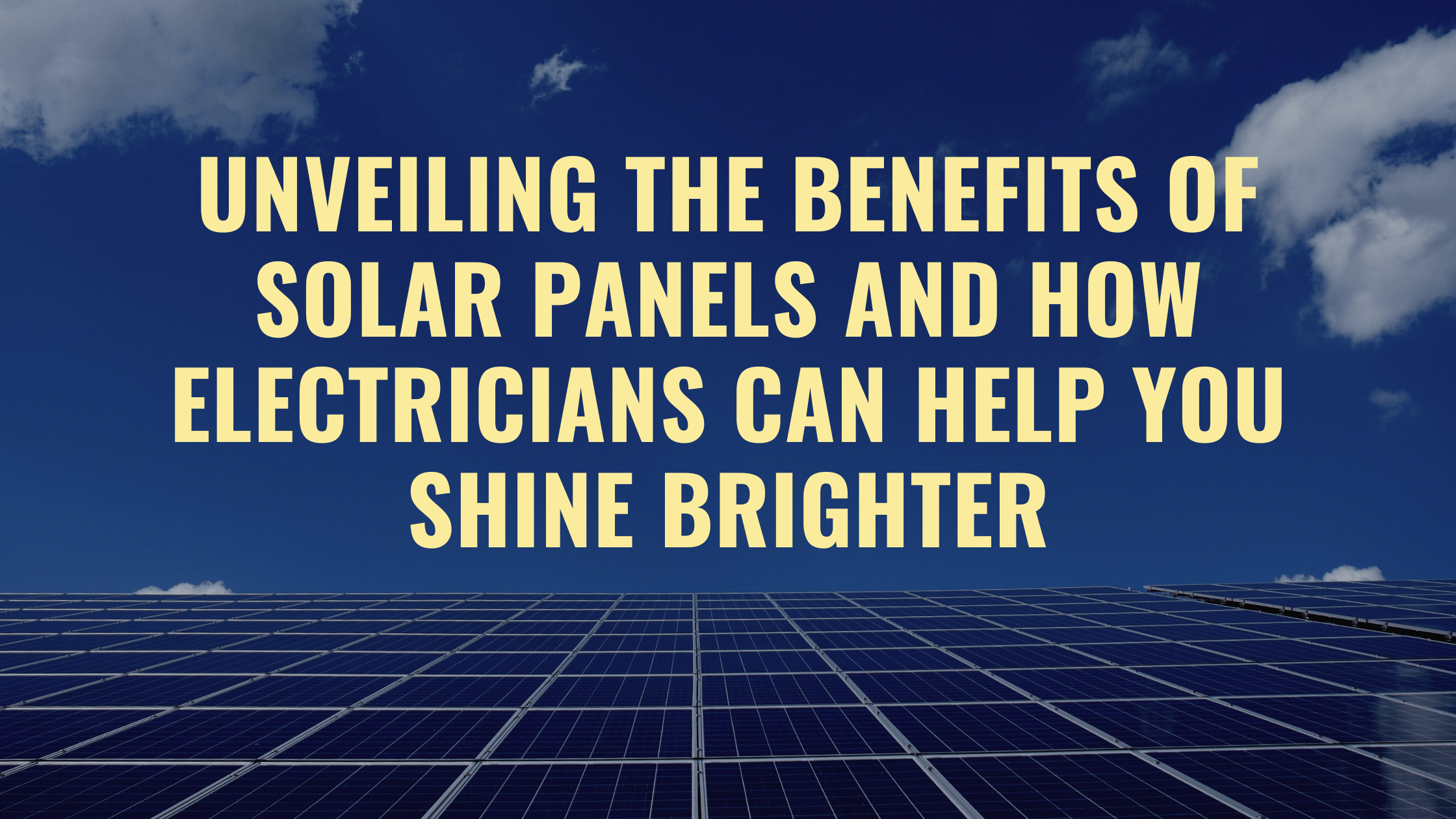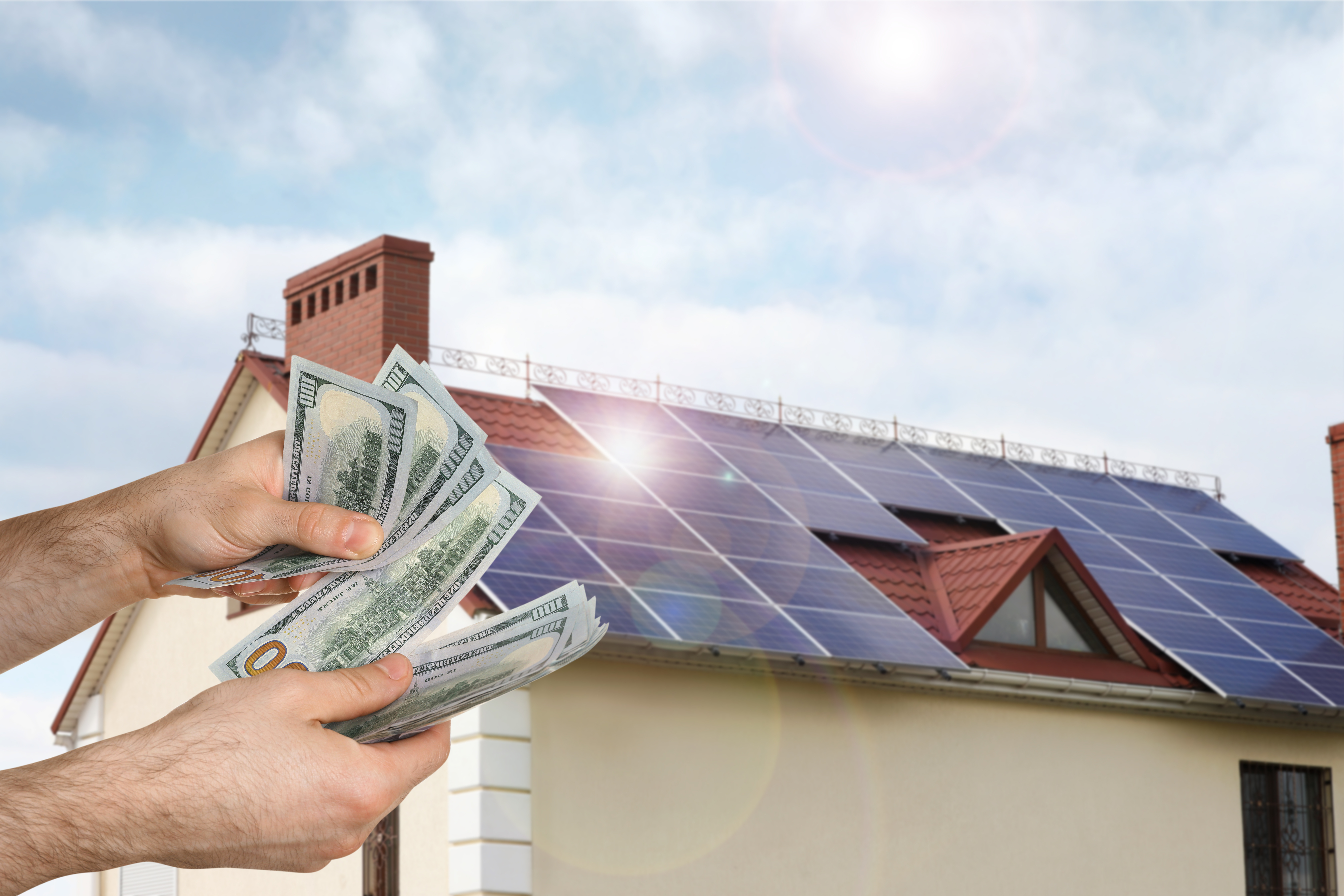Simply Solar Illinois: Complete Solar Solutions for Sustainable Living
Simply Solar Illinois: Complete Solar Solutions for Sustainable Living
Blog Article
Solar Power 101: A Beginner's Guide to Sustainable Power Solutions
As the world increasingly changes towards sustainable energy options, understanding the fundamentals of solar power becomes vital for both people and organizations. By checking out the benefits of solar technology, along with the monetary incentives and installation processes, one can obtain a more clear point of view on how to properly incorporate this eco-friendly source into their power technique.
Recognizing Solar Power
At its core, recognizing solar power includes realizing the basic principles of exactly how sunlight can be exchanged functional electrical energy. Solar power is stemmed from the sunlight's radiation, which can be harnessed through various modern technologies. The key device for this conversion is the solar effect. This phenomenon takes place when sunlight strikes semiconductor products, generally silicon-based, within solar cells. The energy from the sunlight delights electrons in the semiconductor, enabling them to flow openly and produce direct present (DC) electrical power.

Comprehending solar power also entails identifying its environmental advantages. By using sunlight, we can reduce greenhouse gas exhausts and decrease air pollution, adding to a much more lasting future. The innovations in technology and effectiveness of solar systems proceed to enhance their viability, making solar power a progressively appealing choice for international power demands.
Kinds Of Solar Energy Equipments
Numerous kinds of solar energy systems are commonly utilized to harness solar power for electrical energy generation. The main categories include photovoltaic (PV) systems, concentrating solar power (CSP) systems, and solar thermal systems.
Solar systems make use of photovoltaic panels composed of silicon cells that convert sunlight directly right into electrical energy. These systems are functional and can be installed on roofs, ground places, or incorporated right into structure products.
Focusing Solar Power systems, on the various other hand, use mirrors or lenses to focus sunshine onto a little area, generating warm that drives a steam turbine to create electricity - Simply Solar Illinois. CSP systems are generally deployed in large power plants and call for straight sunlight, making them much less suitable for over cast regions

Each sort of solar energy system has its special characteristics, applications, and suitability depending on geographical place, power needs, and spending plan, making it crucial to evaluate alternatives based on specific scenarios. - Simply Solar Illinois

Advantages of Solar Energy
Using solar power via different systems not only provides a lasting means to produce electrical power however also provides a wide variety of advantages. One of one of the most substantial advantages is the reduction in greenhouse gas discharges, adding to a cleaner setting and combating environment change. Solar power is renewable, meaning it is endless and offered as long as the sunlight radiates, unlike fossil fuels, which are finite and depleting.
In addition, solar power can cause considerable price financial savings gradually. Homeowners and services can reduce their power costs dramatically, and in most cases, they might earn credits for excess power generated through web metering. Furthermore, the solar market creates work, from producing to installation, promoting regional economies.
Another compelling advantage is energy independence. By generating their very own electrical energy, individuals and areas can lower dependence on exterior energy resources, enhancing durability versus rising and fall energy rates and supply disturbances. Moreover, solar energy systems require marginal maintenance, making them a hassle-free alternative for view website lasting energy generation.
Installment Refine Introduction
The installation procedure for solar power systems typically includes numerous crucial steps that guarantee reliable combination right into a residential or commercial property. A comprehensive site analysis is carried out to review the roofing system's orientation, shading, and architectural stability, which are vital to optimizing solar panel performance. Following this analysis, the layout stage begins, where a tailored solar power system is set up based upon the house owner's power requirements and choices.
Once the style is finalized, the required authorizations and authorizations are obtained from local authorities, ensuring conformity with policies. The real setup entails placing the photovoltaic panels on the roofing system or ground, linking them to an inverter, and integrating the system with the home's electric configuration. This stage may additionally entail mounting battery storage space systems, depending upon the layout.
With the installation total, the solar energy system can begin creating renewable energy, adding to sustainability and lowering energy click now prices. This structured strategy makes certain that solar systems are both reliable and reputable, optimizing their long-lasting benefits.
Financial Motivations and Cost Savings
Exploring the financial motivations and cost savings connected with solar power systems can dramatically boost the allure of making the switch to renewable resource. Different motivations exist at federal, state, and local levels, created to reduce the initial costs connected with solar installment. Among one of the most remarkable motivations is the federal solar tax credit rating, which allows property owners to deduct a portion of their solar system setup costs from their federal tax obligations. As of 2023, this credit report stands at 30%, providing considerable cost savings.
In enhancement to tax obligation debts, lots of states supply discounts that can better reduce in advance costs. Some energy companies likewise offer performance-based motivations, rewarding solar energy manufacturing in time. Financing choices, such as solar loans and leases, allow customers to install systems with little to no deposit, making solar power much more easily accessible.

Additionally, solar systems can enhance home worths, providing a strong return on financial investment. Generally, the combination of rewards and cost savings makes solar energy a financially appealing choice for numerous families.
Final Thought
In conclusion, solar energy stands for a vital element of sustainable power solutions, providing a path toward decreased carbon impacts and improved environmental defense. The diverse sorts site link of solar energy systems, paired with significant financial incentives, promote broader fostering amongst people and areas. Comprehending the installment procedures and advantages related to solar power encourages stakeholders to make informed choices. Ultimately, the shift to solar power not just promotes eco-friendly duty yet additionally promotes economic savings and energy freedom.
Report this page